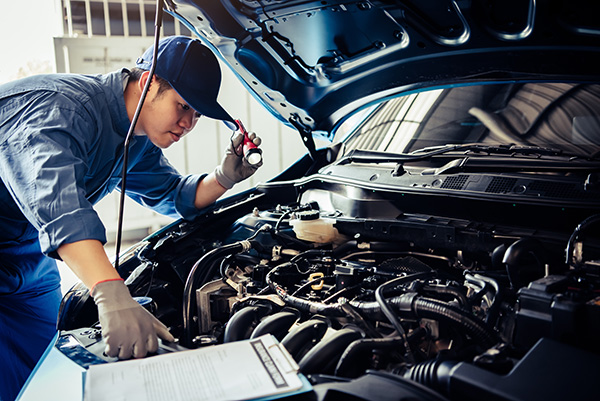
When it comes to vehicle maintenance, an oil change is often the first thing that comes to mind. However, it's the perfect time to tackle other essential tasks to ensure your car runs at its best. Combining these tasks with your regular oil change not only saves time but also helps keep your vehicle in top condition. So, what are the key maintenance tasks you should consider?
Task 1: Checking and Replacing Air Filters
One of the simplest yet most effective maintenance tasks to combine with an oil change is checking and replacing your air filters. Both engine air filters and cabin air filters play a crucial role in your vehicle's performance and air quality. The engine air filter prevents dirt and debris from entering the engine, while the cabin air filter ensures clean air inside your car.
A dirty engine air filter can reduce fuel efficiency and affect engine performance. Similarly, a clogged cabin air filter can compromise the air quality inside your car, leading to unpleasant odors and potential respiratory issues. Regularly replacing these filters, typically every 12,000 to 15,000 miles, ensures optimal performance and a healthier environment inside your vehicle.
Task 2: Inspecting Brakes and Brake Fluid
Your brakes are one of the most critical safety components of your vehicle. During your oil change, it's a great idea to have your brakes inspected. This includes checking the brake pads, rotors, and brake fluid. Brake pads wear down over time and need replacing to ensure effective braking. Worn brake pads can lead to longer stopping distances and even damage the rotors.
Brake fluid is essential for the proper functioning of your brake system. Over time, brake fluid can become contaminated or lose its effectiveness. Regularly inspecting and replacing brake fluid, typically every two years or 30,000 miles, ensures your brakes perform optimally, keeping you safe on the road.
Task 3: Rotating and Balancing Tires
Tire maintenance is crucial for safety, fuel efficiency, and overall vehicle performance. Combining tire rotation and balancing with your oil change is a smart move. Tire rotation involves moving tires from one position to another, ensuring even tire wear. This extends the life of your tires and improves handling.
Balancing ensures that your tires and wheels spin smoothly, preventing vibrations and uneven wear. Regular tire rotation and balancing, typically every 6,000 to 8,000 miles, help maintain tire health, improve fuel efficiency, and enhance your driving experience.
Task 4: Inspecting and Replacing Wiper Blades
Clear visibility is essential for safe driving, and your wiper blades play a crucial role in this. Over time, wiper blades can become worn, cracked, or ineffective, leading to streaks and reduced visibility during rain or snow. Inspecting and replacing wiper blades during your oil change ensures you're prepared for any weather conditions.
Wiper blades should be inspected regularly and replaced at least once a year. This simple task can significantly improve your driving safety, making it an essential part of your maintenance routine.
Task 5: Checking and Topping Off Fluids
In addition to oil, your vehicle relies on several other fluids to operate smoothly. These include coolant, transmission fluid, power steering fluid, and windshield washer fluid. Checking and topping off these fluids during your oil change ensures that all systems are functioning correctly.
Coolant helps regulate your engine's temperature, preventing overheating. Transmission fluid lubricates the transmission components, ensuring smooth shifting. Power steering fluid allows for easy steering, and windshield washer fluid keeps your windshield clean for clear visibility. Regularly checking and maintaining these fluids helps prevent breakdowns and keeps your vehicle running efficiently.
Ensure your car is in top condition. Schedule your next service appointment with Austin's Automotive Specialist for worry-free driving.